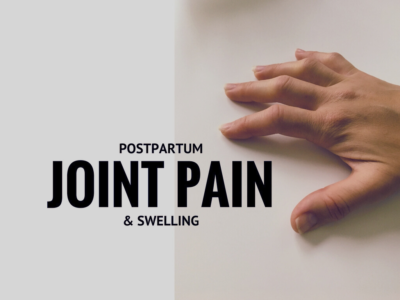“HPV in Men: Unveiling the Facts, Risks, and Prevention”

Human Papillomavirus (HPV) is one of the most common sexually transmitted infections worldwide. While often discussed in the context of women’s health, it’s equally important to understand HPV in men. In this informative guide, we’ll delve into the facts, risks, and effective prevention strategies related to HPV in men.
Demystifying HPV in Men
Understanding HPV
HPV is a group of related viruses, some of which can be transmitted through sexual contact. In men, HPV can affect various parts of the body, including the genital area, throat, and mouth.
Risks and Health Implications
HPV and Genital Warts
Certain strains of HPV can lead to the development of genital warts in men. These warts can appear on the penis, scrotum, anus, and even in the throat or mouth if transmitted during oral sex.
HPV-Related Cancers
HPV links several cancers in men, including cancers of the anus, penis, and oropharynx (throat and mouth).Understanding these risks is crucial for early detection and prevention.
Modes of Transmission
Sexual Contact
Having multiple sexual partners can increase the risk of contracting HPV (Human Papillomavirus) because it raises the likelihood of exposure to the virus. HPV is a sexually transmitted infection (STI), and its transmission occurs through sexual contact, including vaginal, anal, and oral sex. Here’s how having multiple sexual partners can be a risk factor for HPV:
Increased Exposure: Having multiple sexual partners means a higher likelihood of coming into contact with individuals who may be carriers of HPV. HPV is highly contagious, increased sexual activity raise the chances of being exposed to the virus.
Asymptomatic Carriers: Some people may carry HPV without exhibiting any symptoms or visible warts. As a result, individuals with multiple partners may unknowingly come into contact with carriers of the virus.
Variability of HPV Types: There are many different types of HPV, and some are more high-risk than others. Multiple sexual partners can increase the chances of encountering different HPV types, including those associated with cancer risk.
Prevention Strategies
Vaccination
HPV vaccines are available for men and are highly effective at preventing infection with the most common HPV types that lead to cancer. Discuss vaccination with your healthcare provider.
Safe Sex Practices
Using condoms consistently and correctly during sexual activity can reduce the risk of HPV transmission. Open communication with sexual partners is also essential.
Regular Screenings and Check-ups
Early Detection
Regular medical check-ups and screenings can help detect HPV-related issues early. Men should be vigilant about any unusual symptoms, such as genital warts or persistent throat discomfort.
The Importance of Vaccination
Vaccination Benefits
Vaccination not only protects men from HPV-related health issues but also contributes to herd immunity, reducing the overall prevalence of HPV in the community.
Conclusion
Understanding HPV in men is pivotal for their overall health and well-being. By recognizing the risks, modes of transmission, and effective prevention strategies, men can take proactive steps to protect themselves and their partners. Early detection, vaccination, and safe sex practices play a crucial role in reducing the impact of HPV in men, ultimately contributing to a healthier and safer community.



